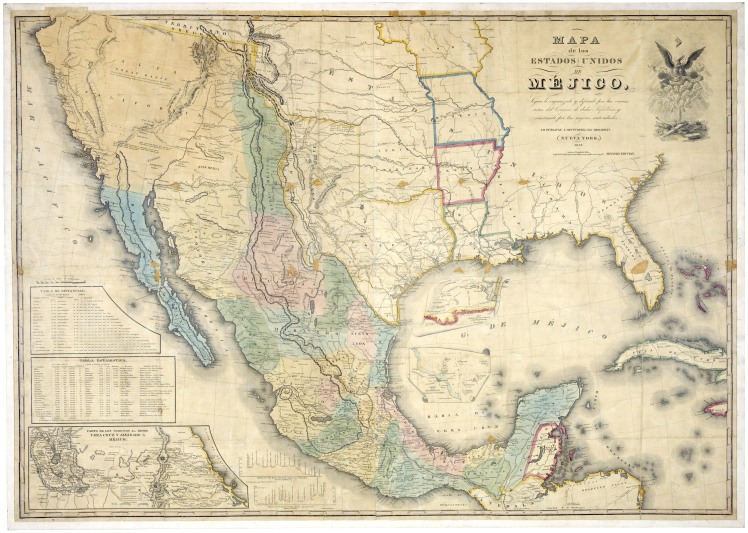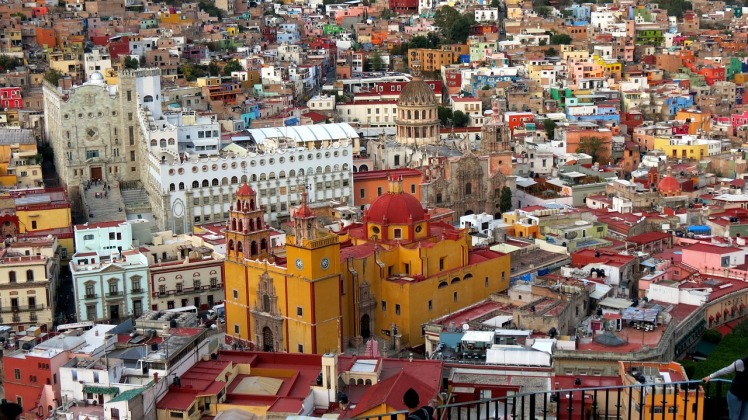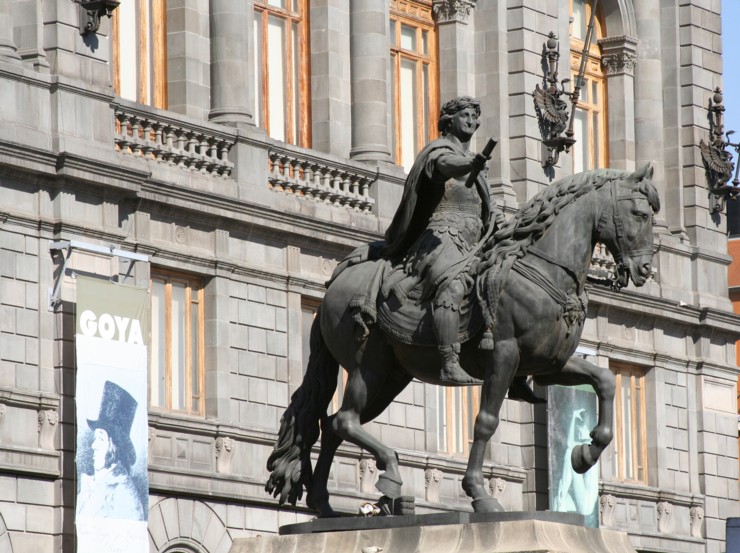«You have to be daring to venture into Mexico, to speak of Mexican painting in a tone of admiration»
Rufino Tamayo
How Mexican art as we know it today was born? Everything has its origin, and as time passes, all, without exception, undergoes changes and evolves. Speaking of Mexican art as we know it today, is talking about history, and although the merit is purely for Mexican magnificent personalities and great artists, there must not be denying about the influence they received from European minds, that merged to create what today is recognized and admired worldwide known as Mexican art.
To understand how the perfect combination of artistic events that formed and created our art, you must start with the origins of it. This comes through indigenous and pre-Hispanic cultures that inhabited our territory, which forged the foundations of our people. These cultures began linking art with social class and religion; therefore, closely linked aspects were writing, art and architecture. The impressive collection of knowledge generated by these native cultures of our territory; as writing systems, calendars, the earliest advances in astronomy and monumental sculptures; It allows us to realize that the European influence only added details and reinforced the artistic trends that already had our people, making them more varied and refined. They managed to express themselves through a wide variety of ways, including ceramics, paper and architecture. However, most of what is known as Mesoamerican art comes from buildings of stone and ceramics, most paintings and reliefs; which rely heavily on nature, the political reality of the surroundings and the divine forces, strongly expressing their religious characteristics are good examples of this art.

Each majestic creation has been influenced by eras and historical events especially that not only marked the course of the country, if not all it represents. These events that marked many guidelines, starting with the conquest of Mexico by the Spanish and some European colonies; epoch we know as colonial period. At this time a very interesting and complex interaction between materials and visions and materials; native and European visions merged in a new formula, giving place to native-European. There were huge elements of religion and evangelization used for constructions. These creations enjoyed elements of Renaissance architecture, Plateresque and Gothic, although the dominant style was the Baroque, which combined the method of native gender sub-styles and new techniques, such as stucco Baroque, which was purely decorative or baroque Talavera, who used ceramic tiles painted by hand. Throughout this stage the colonial art was based on the European style with the feature to use muted colors.
After the independence of the country took place, motivated by liberal thoughts of European thinkers, especially French and English, a classic example is Voltaire, who generated and promoted the beginning of the movement «enlightenment», this would bring a revolution and breakthrough in all areas ; politics, science and art worldwide, with high resonance in our country, causing great momentum and development. After the exile of the Spanish, some of them, most of whom were architects remained in the country, which together with Mexican architects born in Spain, forged a new era for architecture. Leaving great pieces of art like the Palacio de los Deportes and also they dedicated to teach.

Other major influences that shaped Mexican art occurred in the nineteenth century with neoclassicism and realistic and romantic style, where the visit of foreign travelers who were interested in the newly independent country, the use of their techniques, introducing the romantic style of the paintings to Mexico, painting scenes with a dynamic composition and bright colors, looking beautiful, sublime and striking images. A number of artists born in the country followed the European Romantic painters, trying to document the diverse cultures of Mexico, creating a new style, they had a more nationalistic sense of their country of origin; applying techniques in realistic scenes of his hometown, capturing them with ceramic tiles and brightly colored scenes of everyday life often represented women in the kitchen, and many others.
The next dramatic change took place in the twentieth century, largely influenced now by the Mexican Revolution, so a production of art in relation to political propaganda, known as the Mexican muralist movement that redefined Mexican art is incorporated, forging European artists who would use classic techniques, creating in its early paintings imitations of major fashion in Europe. Later the political situation in Mexico from 1920 to 1950 encouraged these artists to break with the European style, using images of Indians, many colors, and representations of human activities, especially the masses, in contrast to the solemn art and distant Europe. Then Rupture Generation was an important movement that followed the mural painting in the 1950s and 1960s, with artists like Jose Luis Cuevas, Rafael Coronel, the sculptor Juan Soriano, among others appears; they rejected social realism and nationalism and incorporated surrealism, visual paradoxes, and elements and styles of old world painting.

All this is a small sample of the evolution suffered Mexican art, and the influence it received from Europe; empowering them to stop global brand in galleries and at the same time leaving a legacy that life to date, raising the name of the country and encouraging new generations of artists; and to us as viewers, giving us a vast amount of work to enjoy and enjoy its fine strokes and grandiose creations.
Tiscareño Díaz Juan de Dios
